Electroactive Polymers (EAP) as Artificial Muscles (EPAM) for Robot Applications
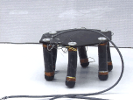
Having previously written about various artificial muscle technologies, I"d like to examine the electroactive polymer (EAP) variant in more detail. I"ll briefly discuss how EAPs function, then move on to myriad examples of EAPs used in robotics applications, including: biomimetic robot eyes, childrens" toys, and flapping-wing ornithopters. I"ll also look at electroactive polymer artificial muscles (EPAM) that were invented at SRI International and subsequently spun off to startup Artificial Muscle, Inc. In my favorite example, a hexapod walker was constructed at SRI whose muscles are used for both structural support in addition to actuation. Now if they could also function as energy storage devices, they"d be the ultimate biological analog.
Electroactive Polymers (EAP) are a relatively new class of "smart material" that deform in the presence of an applied electric field, much like piezoelectric actuators. However, unlike piezoelectric actuators, EAPs operate on fundamentally different principals and produce force / strain / deflections more similar to that of biological muscles. In fact, there is yearly competition sponsored by NASA that seeks an EAP-powered arm that can defeat a human at arm-wrestling!
Wikipedia has a fair article on EAPs. Of note, there are two types: ionic and and dielectric. The ionic EAPs operate through the movement of ions within a polymer, as shown in the diagram below. A webpage by Dr. Bar-Cohen provides numerous links and pointers about ionic EAPs, as does a NASA webpage that includes recipes to make your own. There are also several papers about ionic EAP fabrication here and here, though the NASA recipes may be simpler. For the casual hobbyist, the easiest solution is probably to purchase a kit from Environmental Robots, Inc (ERI).
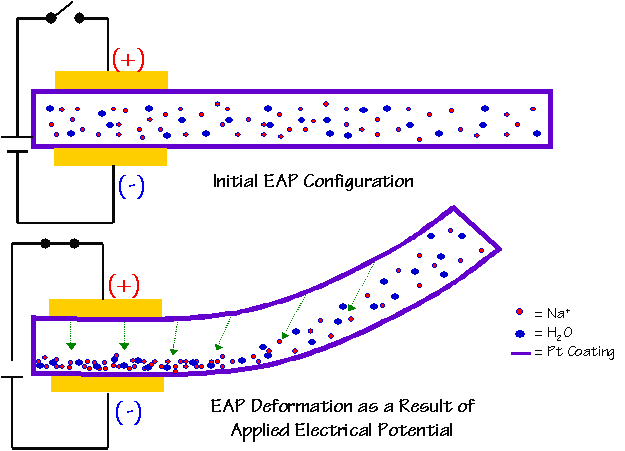
Given my EE background, I understand the dielectric EAPs much better. They are essentially an elastomeric capacitor -- electrostatic forces cause charged electrodes to squish an intermediate polymer layer causing it to expand, as shown in the diagram below. The entire process is also reversible, which can be used to generate electricity or be used as a sensor (much like piezoelectrics). Dielectric EAPs form the basis of the electroactive polymer artificialmuscle (EPAM) "spring roll" actuators (pictured below-right) developed by SRI International that were ultimately spun off into a startup called Artificial Muscle, Inc.
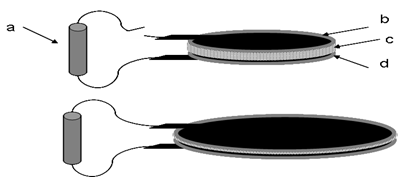
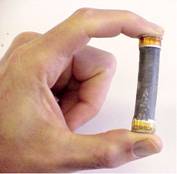
A video of the spring roll actuator is shown below.
Six of these spring roll EPAMs were used to build a hexapod called MERbot. The cool thing about MERbot is that the EPAMs provide both structure and actuation. From a bio-mimicry standpoint, this is particularly compelling; if the EPAMs could store energy as well, it would be very nearly an "ideal" component. Check out the MERbot video below.
The EPAMs were also used in a number of other robots at SRI -- check out the videos.
Despite EAPs being in their infancy and rather primitive at this time, I believe that their low-power, compliant actuation makes them well-suited for applications in animatronics. For example, these biomimetic animatronic eyes from Eamex have extremely realistic motion that is achieved without complex and bulky motor/pulley systems. Be sure to check out the video, embedded below.
In another example, this robotic head shows expressive facial movements using relatively simple actuators. It was a platform for EAP demonstrations, photographed at the NASA Jet Propulsion Lab (via David Hanson at UT Dallas). Again, be sure to check out the video.
Also from Eamex, toys such as stuffed animals and dinosaurs have been created. The natural compliance of the EAP actuators adds to their intrinsic safety. Check out the videos (here and here), embedded below.
Despite the infancy of EAP robot designs, researchers are already looking at future applications, such as the EAP-actuated unmanned aerial vehicle in the shape of an ornithopter, or flapping-wing aircraft -- artist"s conception below.

To be designed by the NASA Institute for Advanced Concepts (NIAC), this idea was featured in an IEEE Spectrum article entitled "Fly Like a Bird: Flapping Wings Could Revolutionize Aircraft Design." In this case, the EAPs are a crucial component of the thin-film laminate stack-up that would contain power harvesting (photovoltaic), power storage (lithium batteries), and actuation / sensing (the EAPs).
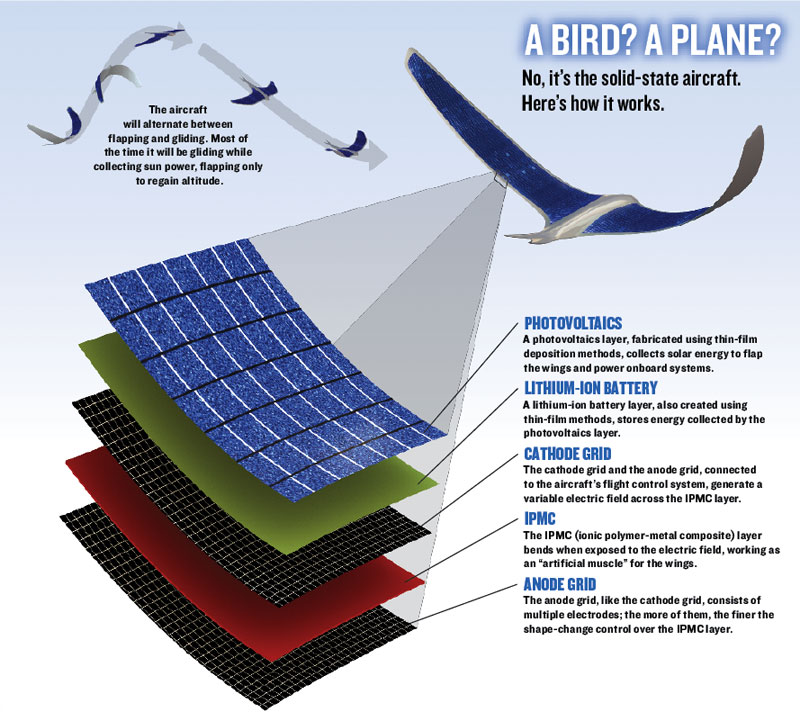
Presumably, such systems could stay aloft for prolonged durations, autonomouslygather scientific data, relay communications, survey terrain, outmaneuver fixed-wing craft, and/or performing planetary exploration. This concept isfurther explored in Colozza"s slides on Solid State Aircraft. While this concept is relegated to the future, small EAP flapping-wing craft are certainly being examined.
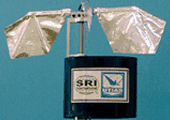
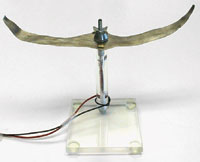
It"s my hope that electroactive polymers and associated artificial muscles become more commonplace. Personally, I"d enthusiastically applaud sheets of dielectric EAPs being made available to hobbyists and researchers for experimentation -- perhaps the folks at Artificial Muscle Inc are listening...?
Reference of this text is: http://www.hizook.com/




